
Long Range Rifles for Hunting – Making the Right Choice
Mike Johnson – Hells Canyon Armory
Long range hunting is one of the few sports out there that operates on a few sound, scientific principles. However, unlike science there is no definitive formula for success. If someone were to come up with a decision matrix based upon real world setups that are actually being used, it would probably end up in a dichotomous key resembling a fix-it diagram for the recent Mars expedition. In simpler terms, there’s more than one way to skin a cat. This article is written with a very broad brush, and will cover most topics to consider when you decide what kind of rifle will best suit your needs.
There are a number of factors and questions you’ll need to answer that will impact the path you take on your journey into this addictive sport. What is the end purpose of your rifle build? Is it going to be strictly a hunting setup or will it play double duty between the target range and the hills? Will you be able to get away with a thinner barrel contour that heats up quicker but is lighter? I always warn people that once you start ringing steel at 500 yards, you will want to move to 700 yards, from there to 1000 yards; from there your starting caliber might start to lose steam so you’ll really want to build another rifle for some ultra-long range work. And of course you will have to top off that second rifle with yet another optic that could be equivalent to a house payment on Rodeo Drive in Hollywood. So figure out your goals from the beginning. Having a plan in place before you start is a good idea. It will give you a reference to keep you grounded because it’s very easy to get caught up in the “I need THIS or THAT in order to make a kill out there at XXX yards”.
The first question you need to ask yourself is: What does your current rifle setup look like and how does it shoot? Is the caliber ballistically capable for your initial long range goals? If you are shooting sub minute of angle (MOA) groups at 100 yards, you may be interested in updating your optics and learning the science of long range shooting by practicing with gear you already have. You will save barrel life, and money in the beginning by gaining MUCH needed trigger time at those longer distances with your current chambering. I would bet my money on a shooter using a factory MOA capable rifle with $1,000 optic that KNOWS his setup and “dope” (ballistic drop at various distances) to make a one shot kill at long range over a guy that just walked out of a reputable custom gun shop with a new ½ MOA carbon barreled rifle topped with a $3500 scope that hasn’t taken the time to learn his setup. Even the best tools aren’t worth a damn unless you know how to use them.

If you want to start off with a more ground-up or semi-custom rifle build, then decide if you have a quality donor action to work off of. You will quickly realize that this sport can be EXTREMELY expensive so taking advantage of a little saving here and there is worth consideration. Having a solid action to build off of is going to save you $$ in the end. If starting from scratch, a lot of times it is only $100-$200 difference between blueprinting a factory Remington 700 action with a new custom bolt versus going to a custom action from the get-go. All of the extra effort needed to massage the factory action needs to be weighed against the cost difference and the peace of mind afforded by a true custom.
Once you have made your decision on the action to base your long range rifle on, the next question to address is which caliber you should choose. The answer depends very much on personal opinion and personal needs. If you want to know what caliber will achieve your goal, you will end up with a long, long list. Intended targets (prairie dogs or moose), high BC bullet selection, brass availability, budget, and maximum distance should be the main factors in your decision. If your intended target is steel at a max distance of 800-1000 yards, you don’t reload, and won’t use the rifle for hunting; the .308 Win may well be your best bet. Factory match grade ammo is available and reasonably priced, you’ll get great barrel life, and a .308 is just capable enough to force you to become a better shooter at those long distances. Starting with a .308 shooting steel or paper will magnify the effects of wind and atmosphere, forcing you to learn to read and compensate accordingly. A .308 is just capable of remaining supersonic to 1K yards if that is your benchmark distance. However if you wish to hunt big game at those longer distances, you may want to step up to the magnum .284, .30 or .338 calibers. To avoid writing an encyclopedia length article, I will only mention the more popular chamberings in the previously named calibers. There are MANY more out there that are not mentioned that are extremely capable long range cartridges.
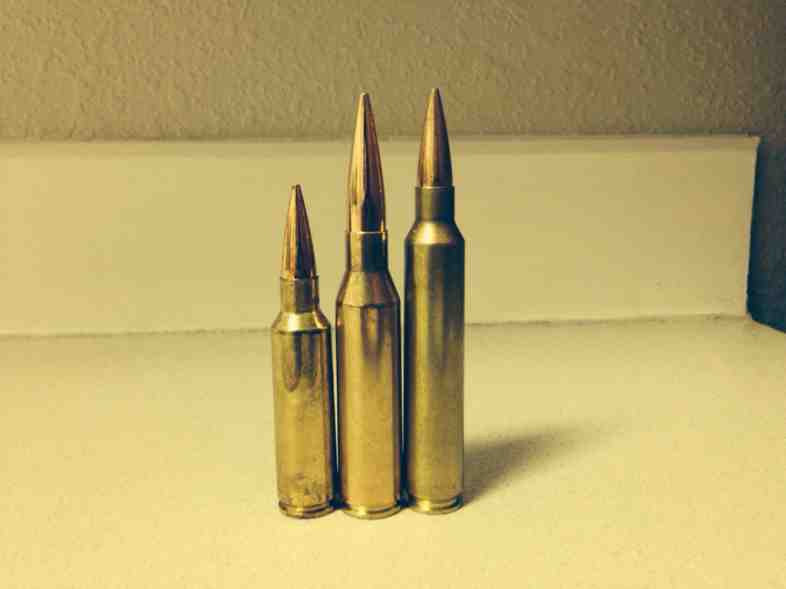
In the .284 Calibers, the 284 Win, 280 Rem, 280 Ackley Improved, 7mm Rem Mag, 7 WSM, 7mm Remington Ultra Mag (RUM), and 7mm STW are very popular. The popular .308 caliber choices include the 300 WSM, 30-06 and the Ackley Improved version, 300 Win Mag, 300 Weatherby, 30-378 Weatherby, and the 300 RUM. The 338 calibers are very popular with the ULR (Ultra long range) crowd. Popular choices include the 338 Win, 338 Lapua, 338 RUM, and the 338 Edge.
Launching 300 grain bullets that remain supersonic past 2,000 yards can be quite attractive as well as expensive. Factory ammo is very costly for most of the big magnum cartridges, but you will have surplus energy down range if needed and it will help reduce the margin of error for wind by allowing you to use heavier, high ballistic coefficient (BC) bullets more effectively.
I will not go into my personal favorite calibers as everyone has their own opinions and at some point it comes down to the Ford/Chevy/Dodge type of argument. Furthermore, every hunter needs to evaluate his individual needs.
If you want to use build something new off your current action, you will need to research and consider bolt face diameter, action length, magazine length and loaded cartridge overall length (COAL). Not all actions will accommodate the big magnums. A new bolt may be required if the case head size is different and of course the action length needs to match the cartridge you choose. Some factory magnum rifles are limited to shooting certain bullets because the longer, high-BC bullets will not allow the shooter to optimize bullet seating depth with a factory magazine box (you can’t “jam” the bullets into the lands). Shooting a 7 WSM out of a factory long action has proven to be very popular as you are not limited with bullet seating depths, and if you decide to build off that same action later you won’t be limited to just the short action calibers.
Ok onto another key component of the rifle… the trigger. There’s nothing worse than settling behind a known accurate or capable rifle that just melts into your body, getting on target and start to squeeze, squeeze, and squeeze…… little more……. BOOM! Followed by a “$&%*! 1 mil left!” Most shooters with factory rifles will tighten up their groups by simply installing a good trigger that breaks around 1 – 3 lbs. Some people argue that‘s too light for hunting applications, but I disagree. I’ve hunted with guys that I wouldn’t trust with a 10 lb trigger. Proper muzzle control and keeping your gun on safe and/or unloaded is paramount for field safety. A heavy trigger is at best – a largely ineffective safety measure for a mishandled rifle. But this subject is another touchy one (pun intended) that you can certainly tailor to your personal preference so I will move on.
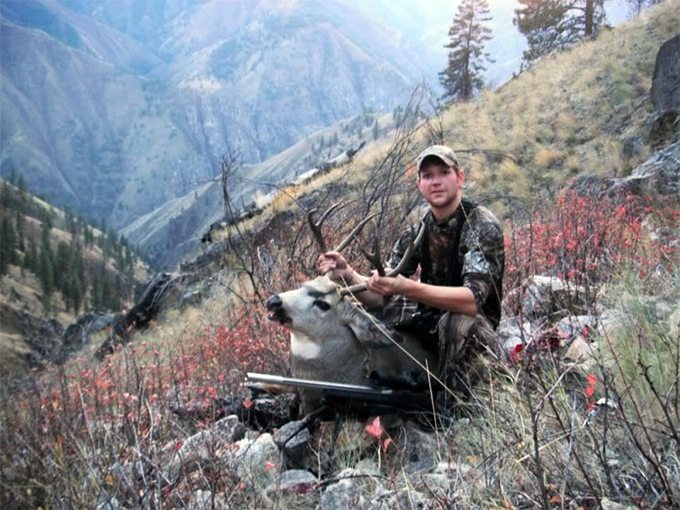
Another subject I will briefly cover is types of bottom metal and magazines you can choose for your long range gun. In hunting situations, I believe a factory hinged floor-plate works just fine. They are usually lighter than aftermarket setups and that money saved can go toward optics or bullets & powder! Personal preference will best determine which magazine system to use: Detachable, hinged floor plate, or blind magazines all perform the same basic function and all are suitable for hunting. Magazine length will dictate max COAL and bullet seating depth limits. If you plan on having your rifle serve double duty as a match rifle and a hunting rig then you will benefit from having a detachable magazine and extra magazines handy. It’s not uncommon in matches to have to fire 18-20 rounds in less than 2 minutes. Single feeding or reloading a blind magazine can be a severe handicap under these circumstances.
Stocks are the next key element I will talk about in regard to rifle setups. There are a few stock companies out there that make extremely ergo-friendly stocks that are very accurate. My limited experience revolves around HS Precision, Bell & Carlson, Manners, and McMillan. HS Precision and Bell & Carlson both make quality stocks that are within most people’s budgets. Adequate aluminum bedding blocks and palm swells make these aftermarket stocks often more comfortable and accurate than factory stocks. Jumping up to the more popular Manners and McMillan stocks can be beneficial, if only for the ability to have a wider selection of styles to choose from and a more custom approach. I’ve also found that the higher dollar stocks tend to be slightly more comfortable. They tend to fit my palm and orient my trigger finger more naturally than other stocks – but the best option is to get your hands on several and find a stock that best fits you and your shooting form.
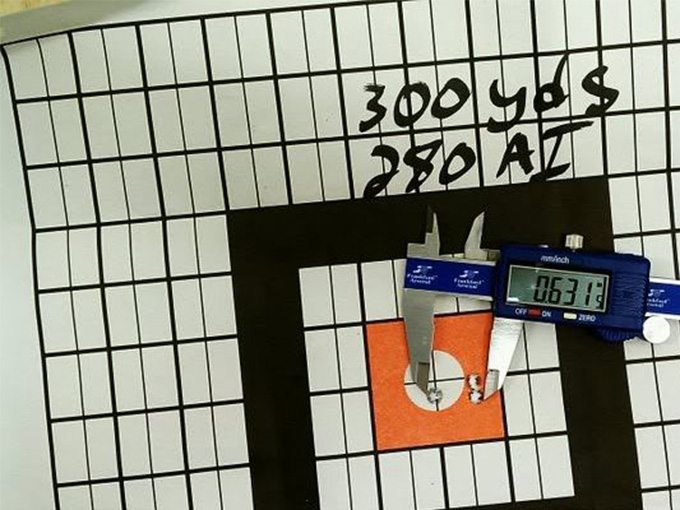
A standard tactical/hunting stock from any of these companies is going to come in around 2.5 lbs give or take a few ounces. You can get ultra-light stocks from both Manners and McMillan but you can expect to pay top dollar for them. These stocks can weigh-in around the 1.5 – 1.75 lb. range. If you are trying to keep weight down, this is where your money is often times best spent. Keep in mind that both Manners and McMillan can have wait times anywhere from 8-16 weeks for delivery. Manners has recently come out with their new Elite Hunter stocks and they are quickly becoming a favorite since they combine sub 2 lb. weight with all the best features of heavier target style stocks. They also fill the niche of being able to run heavy barrel contours in a lightweight stock design that sacrifices nothing ergonomically. Also remember that factory wood or laminate stocks can be pillar bedded to stabilize the action so they’re more accurate as long as you are happy with the factory look and feel. Again, stock choice is something to be evaluated on a case by case basis and should be discussed with your gun builder.
The best brand and barrel taper for long range work can quickly become another Ford/Chevy/Dodge argument. There are a number of high quality barrel makers out there, and you really can’t go wrong with any of the reputable names. One aspect of barrel making that always sparks debate is the choice between button-rifled barrels and cut-rifled barrels. In today’s world of advanced manufacturing, there are high quality barrels in both configurations. Some have argued that the button barrels have stressed induced through the rifling process. This is true. However, there are stress relieving methods and techniques being used by the top barrel makers that minimize or eliminate this concern. Both button and cut rifled barrels continue to set world records every year. To make sure you get a good barrel I recommend that you use a reputable barrel company and be certain to provide them with pertinent information such as the heaviest bullet you plan to shoot and the intended purpose of the rifle. Heavier, high BC bullets often require faster rates of twist to stabilize the projectile. Many times the deciding factor in your choice can be availability. Some of the well-known barrel makers are months out from filling new orders so keep that in mind when planning a build.
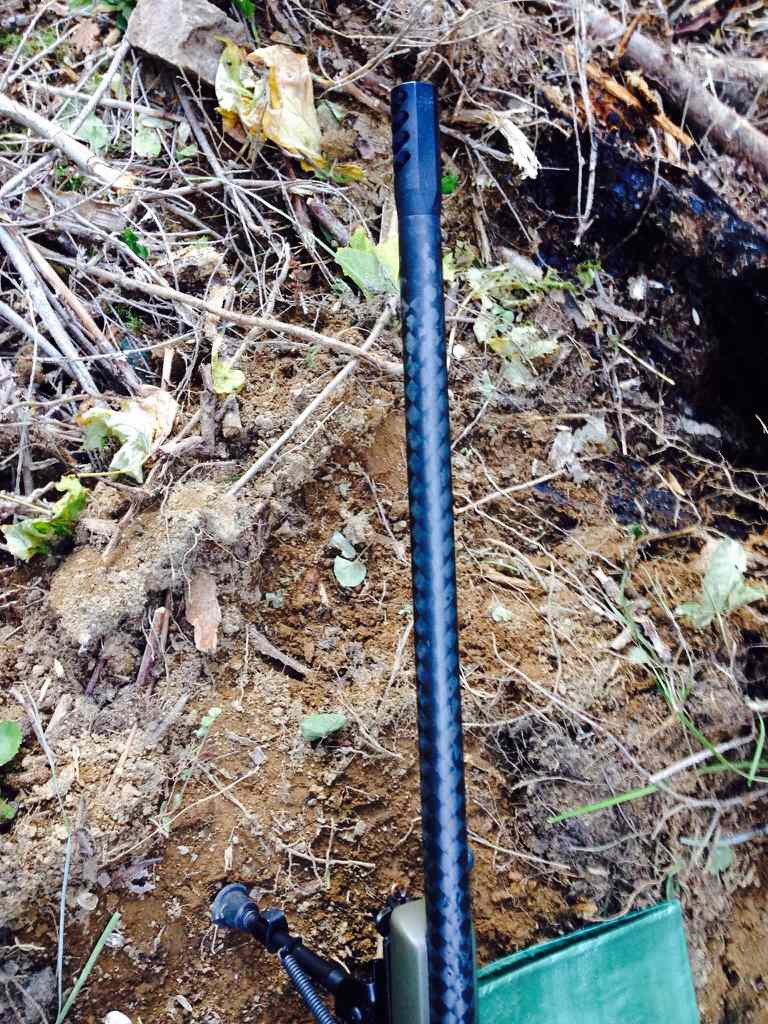
Wrapping barrel sleeves in graphite or carbon fiber has become popular in recent years because this allows you to maintain stiffness and rigidity comparable to large diameter steel barrel contours without the weight penalty. This is possible because carbon has superior strength to weight properties compared to steel. Heat dissipation of carbon wrapped barrels is an often debated topic, but in a quality carbon barrel, heat dissipation can be greater than a standard stainless barrel. In some cases, heat-waves coming off a carbon barrel can cause a noticeable “mirage” in high round count situations.
One of the most important factors with carbon barrels is how the carbon is bonded to the barrel and how the composite layers are applied. The lay-up process can inhibit or encourage heat dissipation as well as increase longitudinal rigidity. Some carbon rifle barrels are made by pressing a sleeve of carbon onto the barrel core while others are constructed by wrapping individual composite layers onto the core using a bonding agent. The methods of carbon barrel making are very closely guarded secrets and there are significant differences amongst the various manufacturers. The two biggest factors affecting accuracy on carbon barrels are the quality of the barrel core they start with and how well the lay-up process manages various stresses that carbon wrapping can induce. Using a carbon wrapped barrel is a fantastic way to shave weight off of your hunting rifle but it’s one of the more expensive methods too. If you are an “ounce counter” and want a rifle that is light enough for going deep into the back country yet stiff enough to resist “walking” due to high volume shooting, then a carbon barrel is a great way to go.
Optics choices are really a subject worthy of an entire article, but generally a good long range hunting scope will have excellent optical quality, a tactical style reticle with subtensions graduated in MOA or mils, parallax adjustment capability, a finger adjustable top turret for dialing range with corresponding MOA or mil click values, and high-quality, durable internal components that can be adjusted repeatedly with accurate and consistent movements.
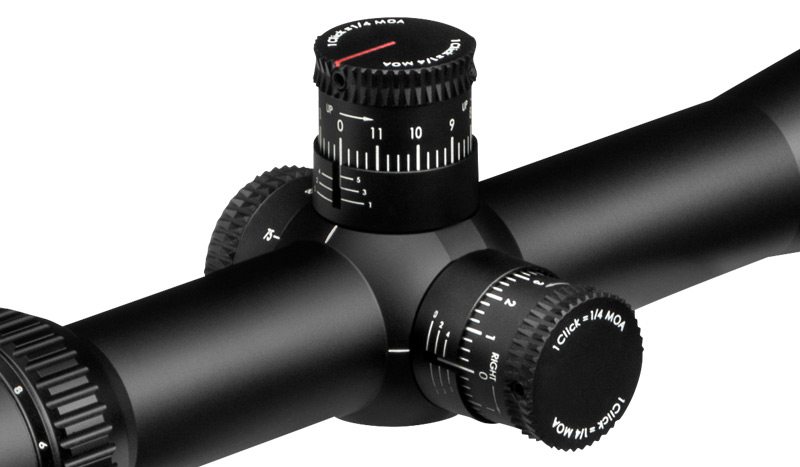
The latest craze in scopes seems to be having custom turret covers made that allow you to dial in the distance rather than dialing MOA or mils for your drop. There are advantages to both methods. The obvious advantage to dialing distance is that you don’t need to refer to a ballistic chart to dial your drop which can easily shave a few precious seconds off your shooting process. However, the disadvantage is that if you use different loads in your rifle or the same scope on different rifles, you’ll need multiple calibrated turrets. Also when your hunting conditions differ from your sight in atmosphere, your drops will be affected. If you use a distance calibrated turret cover it should at least be based on your “average” hunting conditions for best results.
Hopefully this has provided some basic knowledge to help you start asking the right questions and has identified the key variables you need to consider when researching and making decisions about how to build a great long range weapon that’s tailor made to your specific needs. If you’re in the market for a custom long range rifle please don’t hesitate to contact us at Hells Canyon Armory: – we would be happy to answer your questions and discuss building your “perfect” rifle.



















